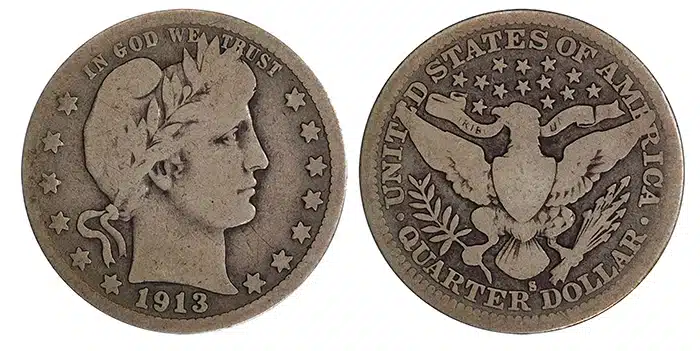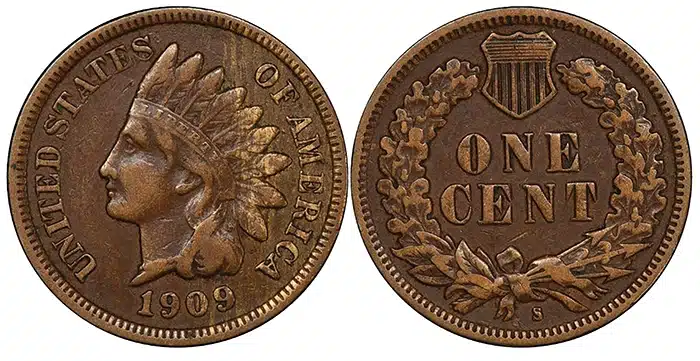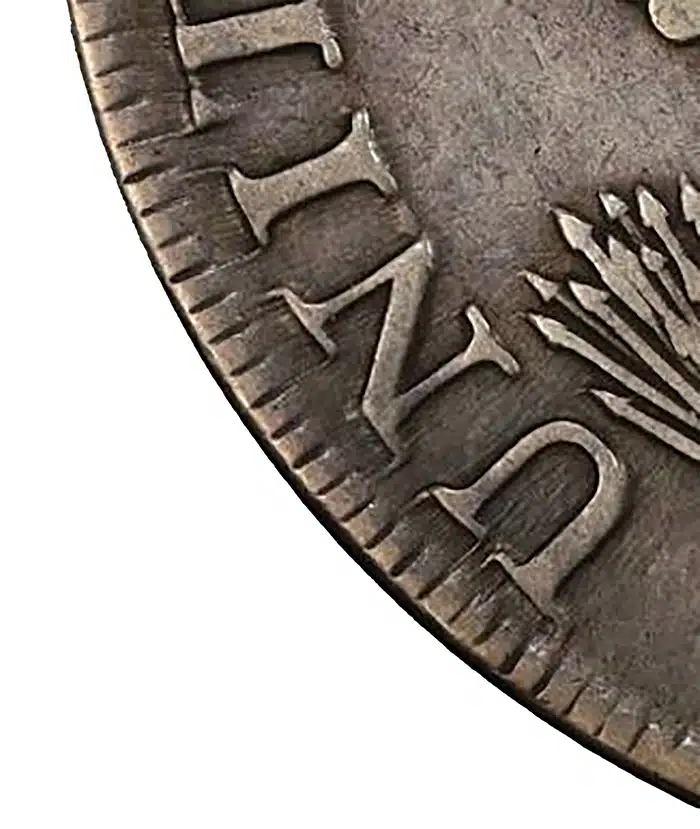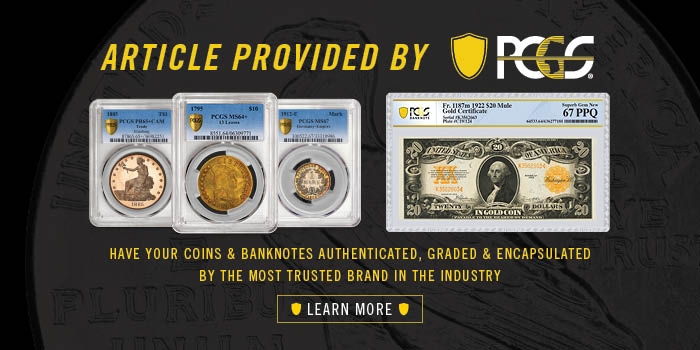By Kyle Clifford Knapp for PCGS ……

Among the first questions most often received upon proudly informing an unfortunate dinner partner that one is a numismatic authenticator is, understandably, “So, how do you know which coins are real?” While it is tempting to dodge such inquiries with some form of vaguely condescending quip about how many cumulative years have been spent peering through a jeweler’s loupe, a truthful response requires a bit more unpacking.
Start with the basics, imagining that court-of-law level certainty is required. A coin securely shipped directly to you from the United States Mint or transferred directly from the Mint to the National Numismatic Collection in the Smithsonian is very likely authentic.
From there, however, certainty deteriorates. As many of the coins authenticated and graded by PCGS are hundreds of years old and “chain of custody” verification is not realistic, our best bet is comparison to known or presumed genuine pieces, like those in our directly-from-mint scenarios. When a PCGS expert examines an issue they have never encountered before, a common first step is a comparison study utilizing our large database of high-resolution images of pieces previously determined to be genuine. To take a simple and famous example, all five known 1913 Liberty Nickels have been extensively documented, photographed, and studied – their likely emission sequence determined; any purported additional pieces would have to make sense within this context.

As experience and familiarity with an issue accumulate over time, repeated encounters with industry-accepted specimens in museums, auctions, market transactions, digital archives, and the like lead to the construction of a “standard” in the mental data set of a professional authenticator. This makes individual comparison studies necessary only for unusual or suspect pieces and greatly expedites the process. This knowledge often takes the form of issue-specific expectations. 1913-S Barber Quarters, for example, were struck with slightly misaligned dies that yielded an uneven strike, with the left side of the obverse (and right side of the reverse) slightly weaker in rendering than the opposite. This is often observable even in the lowest of circulated grades and is not a feature of 1913 Philadelphia issues, the most common source of counterfeits via the addition of a false mintmark.

Similarly, 1909-S Indian Cents are struck on planchets with a streaky, uneven coloration far more often than their Philadelphia counterparts. While such expected characteristics are not foolproof means of authentication, they are an important contributing factor to the confidence level a grader may have on a piece where other data points are incomplete (on a heavily circulated piece, for example). It is also worth bearing in mind that the ratio of counterfeit-to-genuine pieces in existence varies widely.
A common coin with a large mintage and moderate value will be represented by millions of genuine pieces in varying states of preservation along with few (if any) passable counterfeits, while a rarity with a very small official production and a high value will be the opposite. Even when excluding “obvious” or low-quality replicas, there are multitudes more fake 1804 Draped Bust Dollars or 1913 Liberty Nickels in existence than there are genuine examples. Most marketplace-problematic issues fall somewhere in between: initial productions in the 1,000 to one million range with perhaps a few thousand fakes. While false mintmarks can be found on both 1908-S and 1909-S Indian Cents, for example, the ratio of counterfeit to genuine pieces is far higher for the (lower-mintage, higher-value) latter.
Stepping back from date-specific observations, patterns eventually emerge that offer up knowledge applicable more broadly. The crisp strike indicative of production on expensive, industrial equipment not typically employed by clandestine counterfeiting operations, evidence of natural die deterioration in the forms of cracks or erosion, and context-appropriate surface patination are just a few examples. Note the distension of the letter-tops toward the rim on the reverse of the 1799 Dollar imaged at the beginning of this article; the natural result of heavy die usage, this is an evidentiary vote in the coin’s favor. It is, in fact, genuine.

In the never-ending battle against the market incentives for the production and increasing quality of counterfeit and altered coins, continuous updating of one’s knowledge and points of reference in the context of new information is essential. PCGS closely monitors trends in the frequency and emergence of counterfeits by issue, and all PCGS authenticators are regularly briefed with high-resolution images and analytical data of newly encountered fakes.
Nevertheless, such topics generally make poor dinner conversation.
* * *





